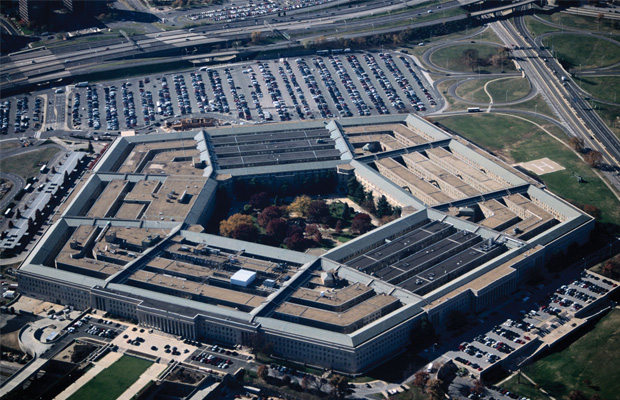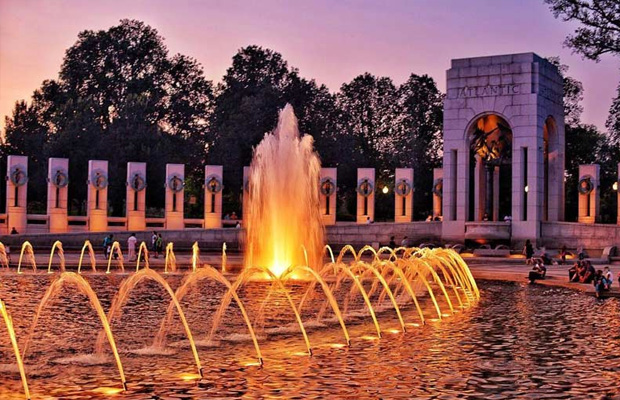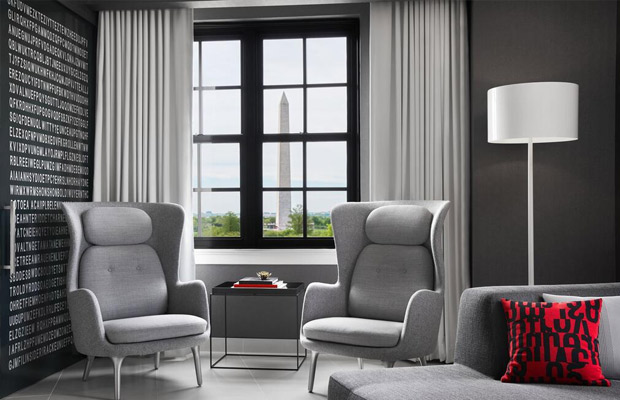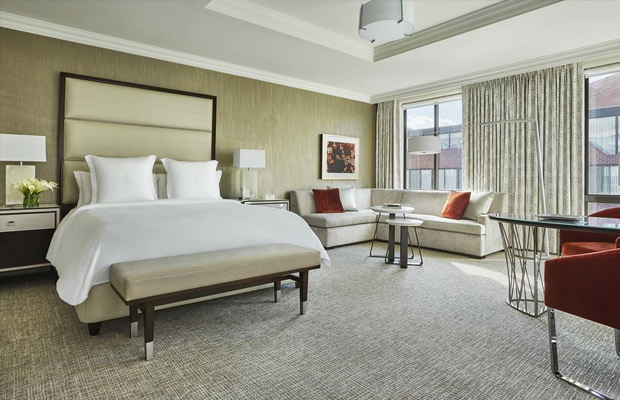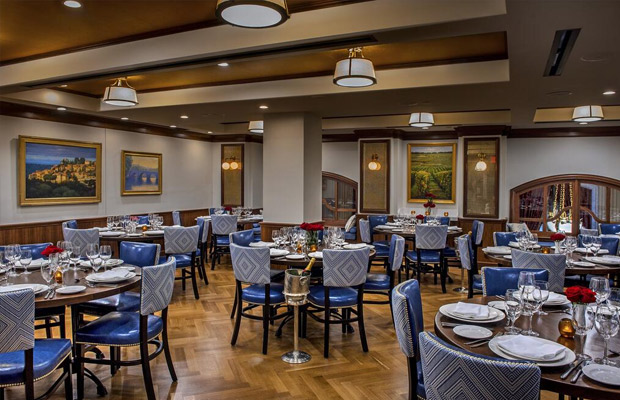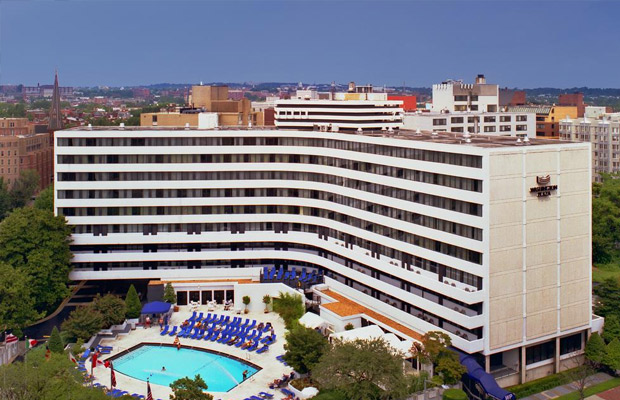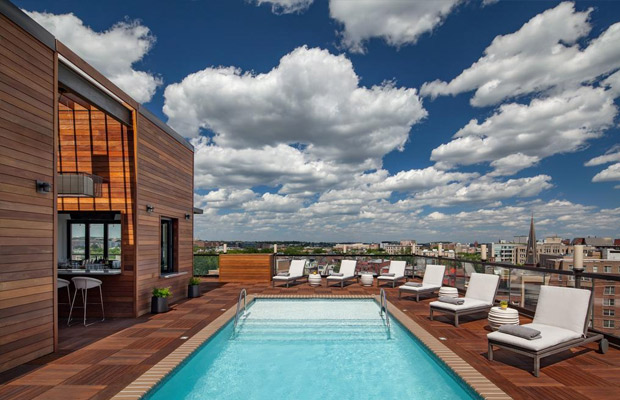Smithsonian National Zoological Park
Smithsonian National Zoological Park
USA
Washington DC
Washington DC Travel Guide
Book Tour & Activities
Your tour in Washington DC.
Book your stay
Your hotel in Washington DC.
Overview
The National Zoological Park, commonly known as the National Zoo, is one of the oldest zoos in the United States. It is part of the Smithsonian Institution and does not charge admission. Founded in 1889, its mission is to "provide engaging experiences with animals and create and share knowledge to save wildlife and habitats".
The National Zoo has two campuses. The first is a 163-acre urban park located at Rock Creek Park in Northwest Washington, D.C., 20 minutes from the National Mall by MetroRail. The other campus is the 3,200-acre Smithsonian Conservation Biology Institute in Front Royal, Virginia. On this land, there are 180 species of trees, 850 species of woody shrubs and herbaceous plants, 40 species of grasses, and 36 different species of bamboo. The SCBI is a non-public facility devoted to training wildlife professionals in conservation biology and to propagating rare species through natural means and assisted reproduction. The National Zoo is accredited by the Association of Zoos and Aquariums. The two facilities host about 2,700 animals of 390 different species. About one-fifth of them are endangered or threatened.
History
Bridge at National Zoological Park, 1897
The zoo first started as the National Museum's Department of Living Animals in 1886.[10] By an act of Congress on March 2, 1889,[11][12][13] for "the advancement of science and the instruction and recreation of the people", the National Zoo was created. In 1890, it became a part of the Smithsonian Institution. Three well-known individuals drew up plans for the zoo: Samuel Langley, third Secretary of the Smithsonian; William Temple Hornaday, noted conservationist and head of the Smithsonian's vertebrate division; and Frederick Law Olmsted, the premier landscape architect of his day. William T. Hornaday was the park's first director and curator of all 185 animals when the park was first opened and took office on May 6, 1889.[10][14] Together, they designed a new zoo to exhibit animals for the public and to serve as a refuge for wildlife, such as bison and beaver, which were rapidly vanishing from North America.
Olmsted Walk, near the zoo's Elephant House
Elephant being fed
Elephant fed by a zoo attendant through the bars of a fence at the National Zoo in Washington, D.C., circa 1915
For the first 50 years, the National Zoo, like most zoos around the world, focused on exhibiting one or two representative exotic animal species. The number of many species in the wild began to decline drastically because of human activities. In 1899, the Kansas frontiersman Charles "Buffalo" Jones captured a bighorn sheep for the zoo.[16] The fate of animals and plants became a pressing concern. Many of these species were favorite zoo animals, such as elephants and tigers; hence the staff began to concentrate on the long-term management and conservation of entire species.
Several exotic animals were donated by former US presidents; often they were acquired as gifts from foreign dignitaries. Notable among them are Billy the pygmy hippopotamus who is the common ancestor to almost all pygmy hippos in American zoos and Rebecca the raccoon, one of many exotic presidential pets of Calvin Coolidge and First Lady Grace.
In the mid-1950s, the zoo hired its first full-time permanent veterinarian, reflecting a priority placed on professional health care for the animals. In 1958, Friends of the National Zoo (FONZ) was founded. The citizen group's first accomplishment was to persuade Congress to fund the zoo's budget entirely through the Smithsonian; previously, the zoo's budget was divided between appropriations for the Smithsonian and the District of Columbia. Congressional funding placed the zoo on a firmer financial base, allowing for a period of growth and improvement. In 2006, Congress approved an additional $14.6 million for renovations in both facilities.[7] FONZ incorporated as a nonprofit organization and turned its attention to developing education and volunteer programs, supporting these efforts from its operation of concessions at the zoo, and expanding community support for the zoo through a growing membership which annually raises between $4 million and $8 million for the zoo.
In the early 1960s, the zoo turned its attention to breeding and studying threatened and endangered species. Although some zoo animals had been breeding and raising young, it was not understood why some species did so successfully while others did not. In 1965, the zoo created the zoological research division to study the reproduction, behavior, and ecology of zoo species, and to learn how best to meet the needs of the animals.
In 1975, the zoo established the Conservation and Research Center (CRC). In 2010, the complex was renamed the Smithsonian Conservation Biology Institute (SCBI), a title also used as an umbrella term for the scientific endeavors that take place on both campuses. On 3,200 acres (13 km2) in the Virginia countryside, rare species, such as Mongolian wild horses, scimitar-horned oryx, maned wolves, cranes, and others live and breed in spacious surroundings. SCBI's modern efforts emphasize reproductive physiology, analysis of habitat and species relationships, genetics, husbandry and the training of conservation scientists.
The zoo's last hippopotamus, Happy, was transferred to Milwaukee County Zoo in 2009 to make space for Elephant Trails.
Address: 3001 Connecticut Ave NW, Washington, DC 20008, United States
Departments: Elephant Trails
Opened: 1889
Hours: Closed ⋅ Opens 8AM Fri
No. of animals: Zoo: 2,000; SCBI: 30–40 endangered species
Major exhibits: Amazonia, Asia Trail, Giant Panda Habitat, Great Ape House, Think Tank
Order: ubereats.com
Video Travel Inspiration
See Smithsonian National Zoological Park on Map
Most Popular Cities

Siem Reap
Cambodia
Ho Chi Minh City
Vietnam
Beijing
China
Paris
France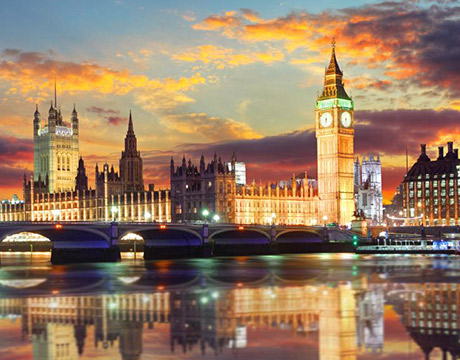
London
United Kingdom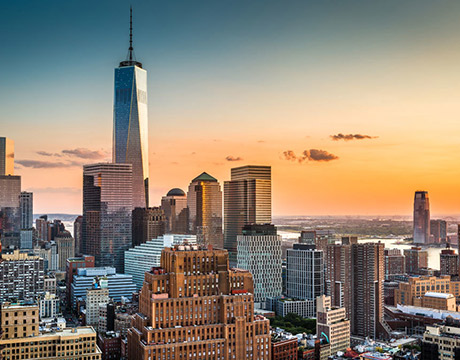
New York
USA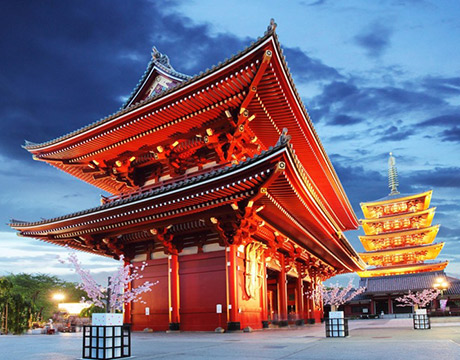
Tokyo
Japan
Bangkok
Thailand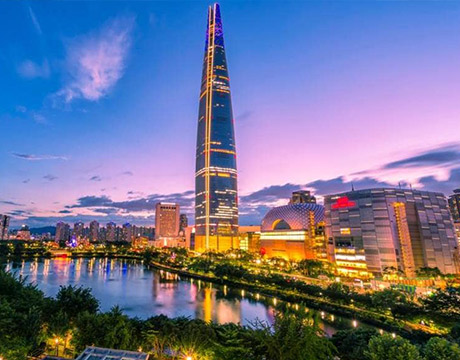
Seoul
South Korea
Vientiane
Laos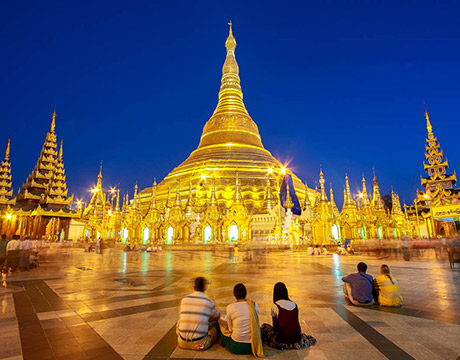
Yangon
Myanmar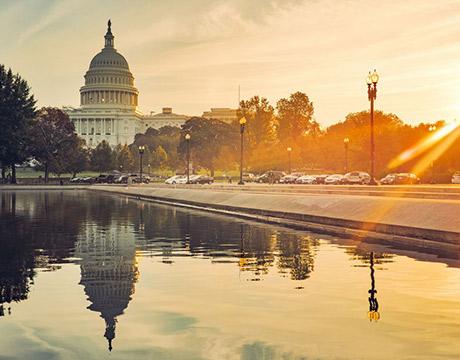
Washington DC
USA
Los Angeles
USA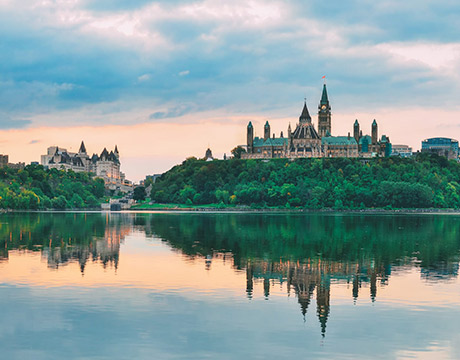
Ottawa
Canada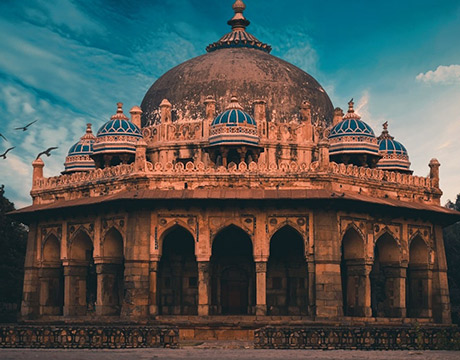
New Delhi
India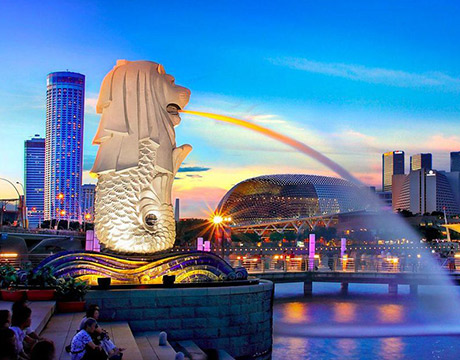
Singapore
Singapore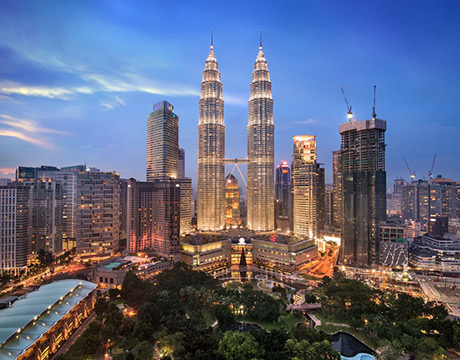
Kuala Lumpur
Malaysia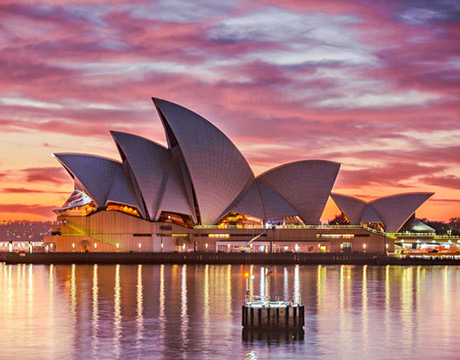
 English
English French
French Khmer
Khmer Thai
Thai Vietnamese
Vietnamese Chinese
Chinese Korean
Korean German
German Japanese
Japanese Italian
Italian Russian
Russian Spanish
Spanish Dutch
Dutch Indonesian
Indonesian Malay
Malay





